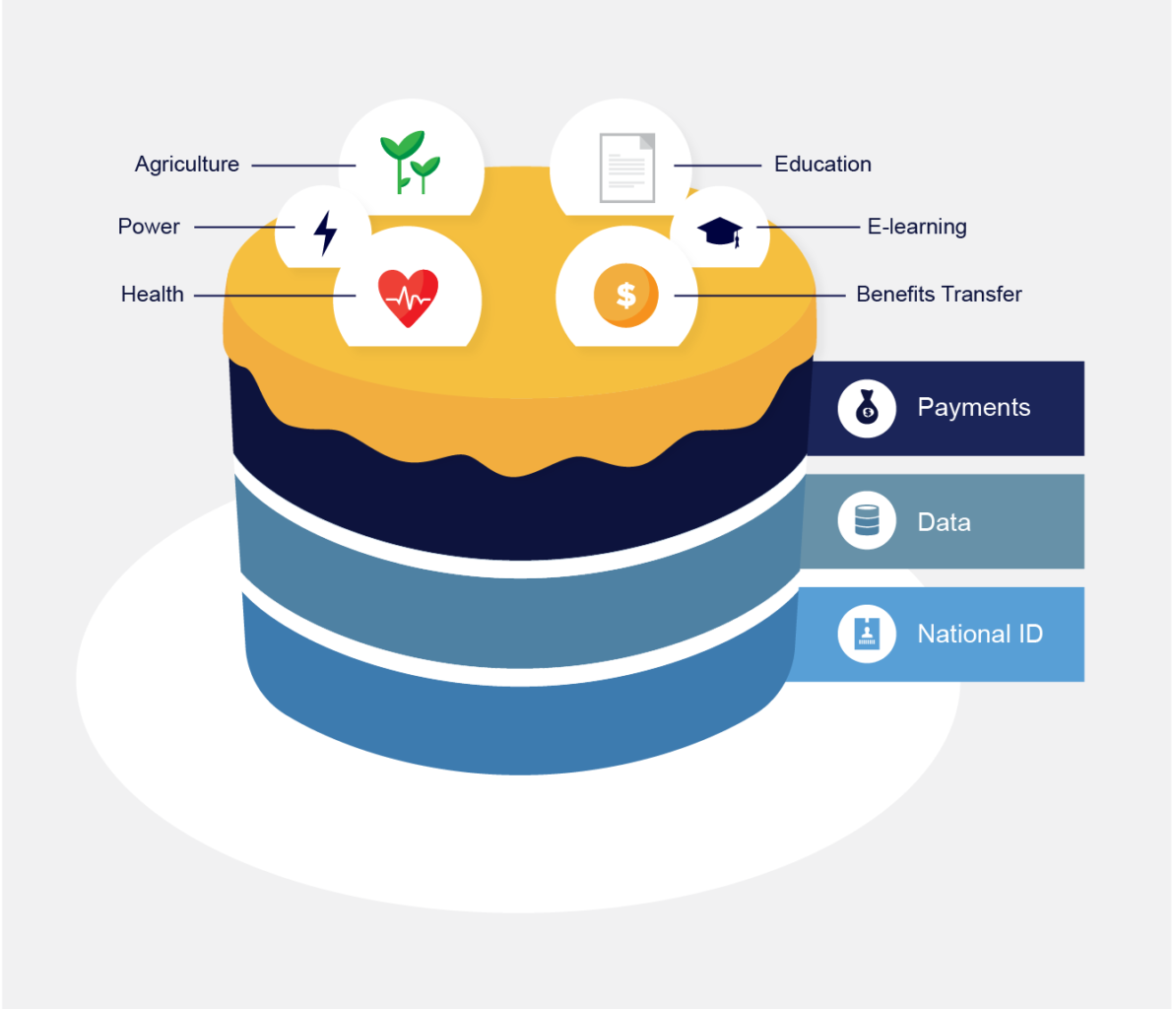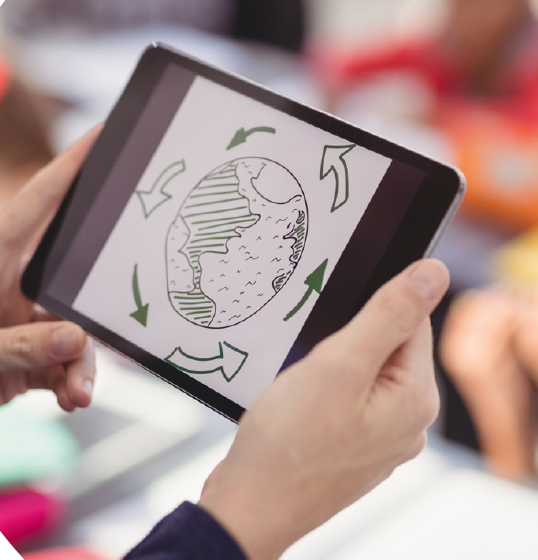A year ago, Skye Gilbert, Director, Digital Square, PATH and I wondered whether the COVID-19 pandemic would accelerate the pace of digital transformation, and recommended in a blog post the five most critical investments to ‘build back better’ from the pandemic. They were:
- Governments must accelerate their digital transformation agendas.
- Agencies and implementers should adhere to the Principles for Digital Development and consider how digital technologies benefits are balanced by its harms.
- Funders need to coordinate resources available for digital transformation to make them more impactful.
- Multinational organizations and country governments need to invest in fewer, more affordable, scalable and appropriate digital platforms.
- All development stakeholders should include civil society organizations in shaping digital transformation agendas, recognizing that citizen engagement is crucial for response efforts and data protection.
Today, we see progress on all five of these fronts. For example, the United Nations Development Programme (UNDP) notes significant increases in country demand for broader digital transformation support, with 20 developing countries requesting such assistance. Requests to the World Bank’s ID4D and GTPx programs (digital ID and payments) have increased significantly during the same period, with 30 and 35 respective support requests as part of countries’ pandemic response.
Countries who are undertaking digital transformation journeys are increasingly looking for available and proven solutions, using such tools as DIAL’s Catalog of Digital Solutions. Donors committed to the Principles for Donor Investment in Digital Health are considering how they can collectively invest in cross-cutting, technical ‘building blocks’ (e.g., digital ID, data), as identified in the SDG Digital Investment Framework. Further, consortia, such as OpenHIE and the GovStack Initiative, aim to build frameworks based on the design of reusable and interoperable digital components.
These ‘digital building blocks’ are needed to digitally transform governments, and groups like Digital Square, the WHO and the Digital Public Goods Alliance have developed models for the evaluation of available products. These collaborations and leadership from other organizations such as the OECD, the ITU, the World Bank and UNDP are critical support drivers behind the myriad national digital transformation efforts globally. This is exciting progress! Yet we can and should do more to align our efforts.
As many governments’ COVID-19 efforts begin to shift from pure response to future preparedness, government leaders, think tanks, and technologists have asked DIAL for our opinion on which investments in digital transformation to prioritize now, to prepare for tomorrow’s crisis. Their main questions are: Which existing national digital and data investments (e.g., infrastructure, policy) can be leveraged? Which technical components of the stack (e.g., digital id, payments) matter most? And does the order in which we invest in them matter? We believe that answering these questions requires understanding the patterns – digital product, policy, procurement and people – that different countries pursuing digital transformation (e.g., Estonia, South Korea) have followed to see whether there is a common digital and data infrastructure formula that can speed crisis response and recovery, and improve resilience to future shocks.
Lately, because of my digital vocation – and my personal avocation as an amateur chef – I have been considering this in terms of ‘recipes’ in which there is one outcome, but multiple combinations of ingredients that let you reach it. For example, – a layer cake. In short, I’m asking: ‘is there a digital recipe for resilience?’ And how can countries, multilaterals, the private sector, NGOs and civil society work together in the ‘test kitchen’ so that global actors can align investment efforts to help other countries accelerate their digital journey?

As any chef will tell you, all ‘layer cakes’ share some core components (e.g., eggs, flour, rising agent) but those ingredients vary by baker and location. To me, national digital transformation journeys also share common elements. DIAL’s research has noted some shared components as illustrated in figure 1 (left).
There is a foundational layer of sufficient connectivity, power, engineering skills. On top of that, many countries (e.g., Singapore, India) built a national digital ID, a payments layer, and data layer. These layers are connected together, much as icing and fillers bind a cake, through common standards and middleware that enable them to work together. On top of that, they build an API infrastructure that enables other applications or ‘toppings’ (e.g., digital passport renewal, school registration) to extend the national core infrastructure which local innovators can develop in that country. This also is the link between enabling foundational layers (e.g., ID) and the various sectoral applications (e.g., health, agriculture, education).
These core layers, however, are not static. Their shape and level of development vary by country, and they are bound together by all-important icing (e.g., middleware, interoperability and standards). Equally important to the layers and the icing are the toppings. In digital, I think of this as the app ecosystem that can be enabled when rules are provided to others so that they may build on top of the foundational base. When done well, these rules enable local developers to create new service applications more quickly tailored to what each society needs (e.g. virtual learning, utility payments). Like cake toppings, these applications are the most visible part and to society, the most rewarding, but they could not exist without the base and foundational layer.


